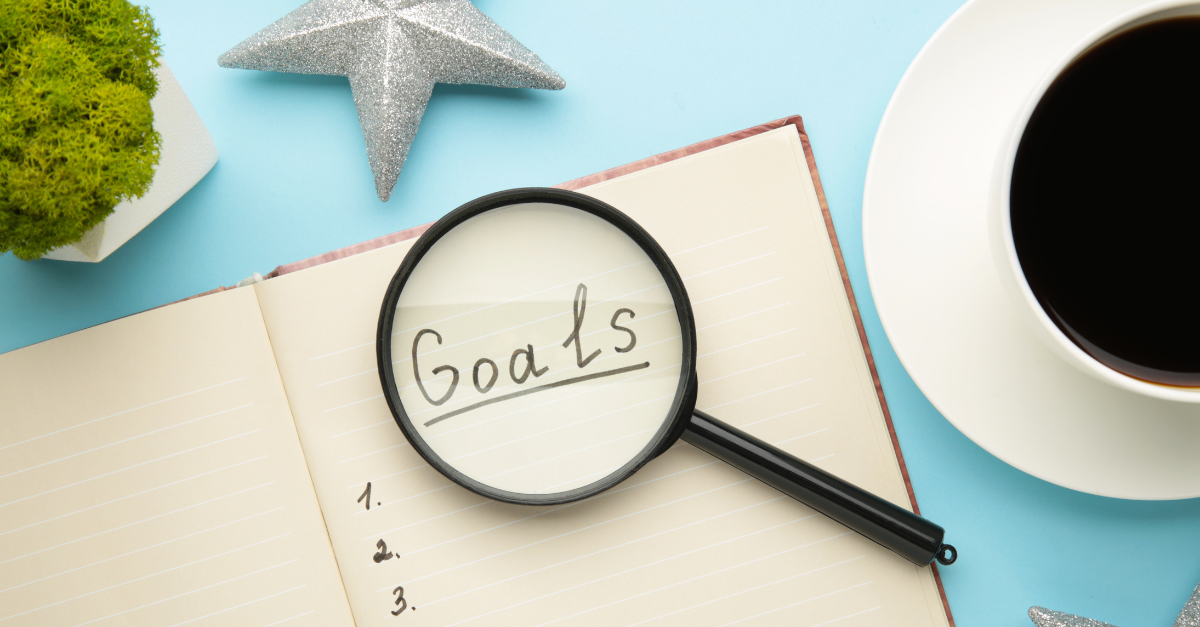How to Reduce the Risk of Burnout
Do you ever feel like you're running on empty at work? Maybe you're feeling exhausted, less productive, or detached from your job. If so, you may be experiencing burnout. Burnout is a result of chronic workplace stress and can have a significant impact on your mental and physical health. The good news is that there are steps you can take to reduce the risk of burnout and improve your well-being at work. In this blog post, we'll explore what burnout is, the warning signs to look out for, and practical tips on reducing the risk of burnout in your work life.
What is burnout?
According to the World Health Organisation (WHO), burnout has three main characteristics:
- Feeling exhausted or having a lack of energy.
- Feeling negative about your job or feeling detached from work.
- Being less effective or productive at work
Everyone has good and bad days at work, but if the bad days become more regular and frequent, it is time to take a step back and look at what changes you can make to avoid burnout. Before we look at some of the signs and actions you can take, remember that you don’t have to wait until you are at risk of burnout to make positive changes to your well-being at work. If you regularly dread work on Mondays or feel you are not able to do your best work, this might be your sign to stop, take a breath and reset.
Signs of burnout
Burnout is a complex issue that can significantly affect your well-being. It can be challenging to recognise and manage as it can manifest in different ways, including emotional, physical, mental, and behavioural changes.
Moreover, burnout is not a one-size-fits-all condition, and its severity can vary from person to person. Some signs include intense fatigue, irritability, difficulty focusing, taking longer to complete tasks, and reduced productivity at work. Some people may experience mild symptoms of burnout, while others may experience more severe symptoms that can interfere with their daily lives.
If you suspect you may be experiencing burnout, it is crucial to seek assistance from a medical or mental health professional.
How to reduce the risk of burnout
Recognise the warning signs
One of the best ways to prevent burnout is to recognise the early signs. A great way to do this is to take a few notes at the end of each day or keep a journal to write down how you feel and what is happening. Writing about your daily work experience can help you become more aware of potential burnout before it becomes a serious problem. You can then implement some of the strategies below.
Find a way to disconnect from work.
Constant connectivity to work leaves no time to restore your energy levels. The advances in the digital workplace are fantastic, allowing us to work from anywhere at any time. But this needs to be managed so that it doesn’t turn from a benefit to a burden. Implementing boundaries with your work is one way to do this.
I recommend a mix of the following four boundaries:
- Time: Plan how many hours you will work every week. If you plan to work more hours than usual, you can put self-care practices in place to support you.
- Location: Have some space in your home and office where work doesn't go: the kitchen, the canteen, the bedroom, the bathroom, the back garden.
- Device: Reduce the number of personal devices that have work email.
- Situation: Choose three situations where you won't check your work email, such as in the queue when shopping.
Take regular breaks.
Regular breaks support your mental and physical energy throughout the day, allowing you to perform better without teetering on exhaustion.
Schedule a lunchtime meeting with yourself daily and eat away from your workplace. Micro breaks of 5 to 10 minutes are also an excellent way to manage your energy throughout the day. Set a couple of alarms to remind yourself to step away from work. Get up and move about for a few minutes. If you heavily rely on a computer or laptop for work, this will also help combat screen fatigue.
Taking a day off work mid-week is a great way to avoid burnout, especially if you have a lot on your plate. Often, people take time off in weekly blocks or don’t do it all. But a day off can give you that extra space to recharge when you need it most. Stepping away during a busy period at work also allows you to get some perspective that isn’t possible when working on getting through a long list of tasks. You’ll return with more energy – and possibly even some new ideas.

Track your time
Tracking your time each week helps to reduce the risk of burnout in many ways. First, it raises awareness of the amount of time you are working. There is nothing wrong with working longer hours occasionally, but if you consistently work more than planned, you have less time for everything else. By tracking your time, you can identify when this is happening and take steps to address it.
The second benefit of tracking your time is that it lets you see if you are spending a lot of energy on low-value things. Spending too much time doing “busy work” instead of getting the essential things done will result in more stress and unplanned overtime. Reflecting on the week will help you see if this is happening. The final way tracking time helps prevent burnout is that it highlights the progress made during the week. Reviewing your accomplishments, big and small, at the end of the week will give you that sense of “a job well done“ and make it easier to switch off.
Ask for help
If you are doing all these things and still feel like you are heading for burnout, it is time to ask for help. Your workload may be unrealistic, or perhaps there is an opportunity to manage your time better. Either way, nothing will change until you take action. If you are working in a team, the first person to speak with is your manager. If you are working alone, you could talk with someone you trust to discuss your work or a coach.
Anyone can experience burnout.
Burnout is a serious issue that can affect anyone in the workplace. It's essential to recognise the warning signs and take proactive steps to reduce the risk of burnout. Implementing the practical tips discussed in this blog post can improve your well-being at work and prevent burnout from taking over your life. Remember, taking care of yourself is as important as your work responsibilities. So, take the time to disconnect, take breaks, and track your time to ensure that you're performing at your best while also taking care of yourself.
Updated: 26th March 2024


